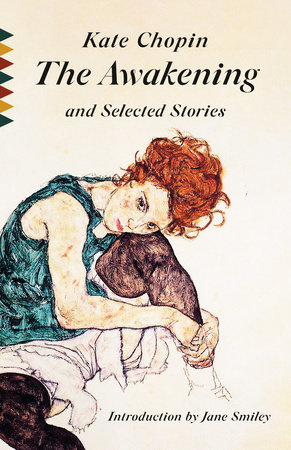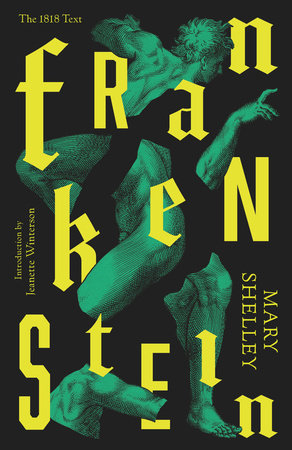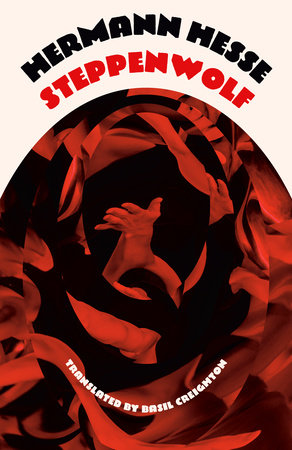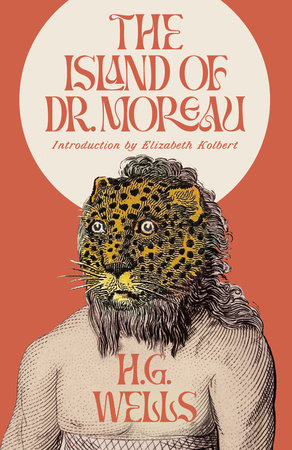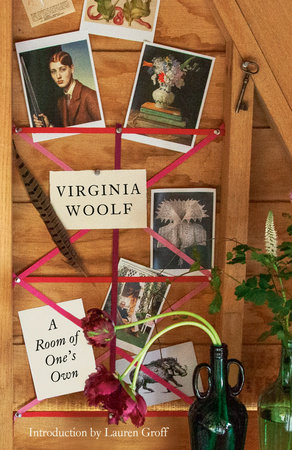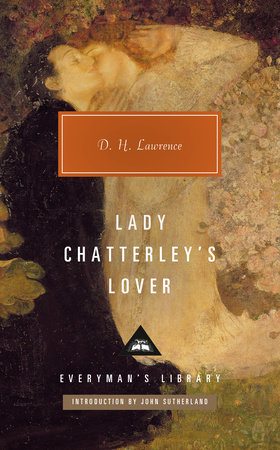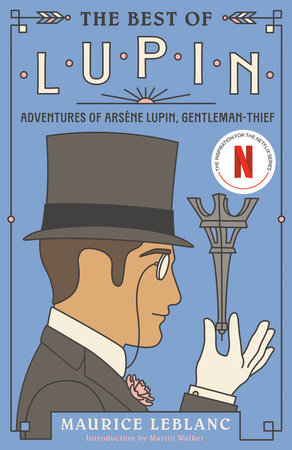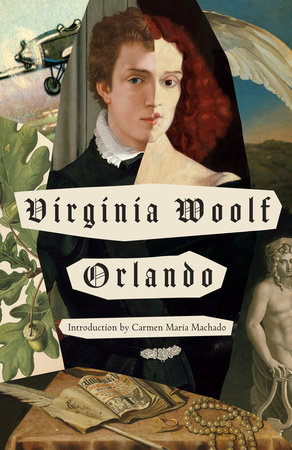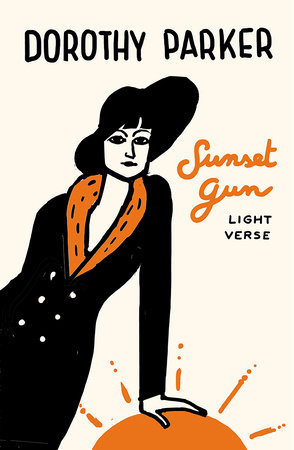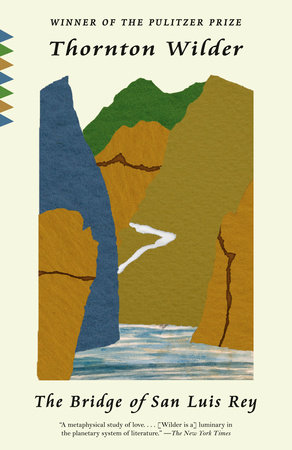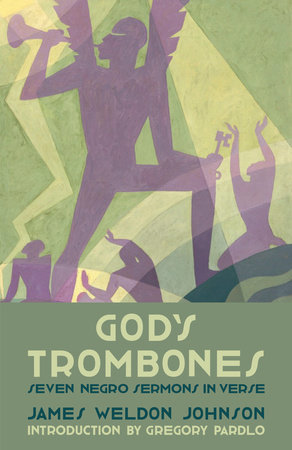Excerpt
The Awakening and Selected Stories
from the Introduction by Jane Smiley
When I first read
The Awakening, in my thirties, I didn’t know a thing about Kate Chopin, but her novel spoke to me because she delves so precisely into the mind of her protagonist, Edna Pontellier. Edna has thoughts and feelings that I considered to be normal for married women of her age—a withdrawal from her “duties,” a retreat into her inner life, and an urge to discover more about the world, both her social world and the natural world. I had a little trouble with a writing style that I considered archaic, but at the same time, I was putting together a novel that made use of a very archaic style (
The Greenlanders), and so I appreciated what readers learn about the characters of a novel by uncovering the details of that style.
It wasn’t until I read
The Awakening again, in my fifties, that I got to know about the history of the novel and learned what a scandal its publication had caused. Not only did I still appreciate it, I appreciated it even more because an honest and explorative novelist is likely to cause a scandal at some point—novelists are literary explorers who use stories to uncover the secrets of human nature and display them. You don’t have to be the Marquis de Sade or Émile Zola to cause a scandal—in 1899, when
The Awakening was published, you could do it by giving a wife and a mother a growing sense of independence and then honestly portraying the despair that her choices present to her.
Kate Chopin grew up in Saint Louis, Missouri, and was living in Saint Louis when she wrote
The Awakening, at around the same time that the Saint Louis suburb that I grew up in was being established. It doesn’t surprise me that Chopin turned out to be an independent-minded novelist and short story writer. Saint Louis has a way of infusing its children with a sense of curiosity and ambition, maybe because Saint Louisans have always known that you could get out of town—by steamboat, by airplane, or by Route 66 (Chuck Berry made sure we would never forget this). She was born Katherine O’Flaherty in 1851 in Saint Louis, and she understood from the beginning that her Irish and French inheritance set her apart from the American culture into which she was born. She was educated intermittently at a local Catholic school and was an avid reader in both English and French. Her father died in a bizarre railroad accident when she was only five—the state was celebrating a new bridge across the Missouri River, and various prominent figures were invited to take part in the first trip. The bridge collapsed.
Kate’s mother, grandmother, and great-grandmother devoted themselves to educating her, and in doing so, they gave her a strong sense of how independent, thoughtful, and self-supporting women could be. She also made a lifelong friend, Kitty Garesché, with whom she rode ponies, ice-skated, and climbed trees. Like Kate’s female relatives, Kitty was passionate about music, art, and gossiping—the perfect friend for a future novelist.
The Civil War, in Saint Louis, was a perfect example of the complicated history of Saint Louis, a home for both avid abolitionists and slave-owning Southern sympathizers. According to Emily Toth, one of Chopin’s biographers, in early May, after the declaration of war, there was a skirmish at a local Confederate barracks; twenty-eight people were killed, and the mayor declared martial law. Lots of citizens fled to Illinois, and Kitty Gareshé’s family, as Southern sympathizers, were kicked out of town. Not long afterward, Kate’s great-grandmother, from whom she had learned a lot, and her half brother died. Other relatives, in Louisiana, died during the siege at Vicksburg, a battle that spurred more violence in Saint Louis. In the spring of 1865, the Confederate army planned an attack on Saint Louis, causing more flight and further barricading, but the war ended before they managed to instigate it. Kate was fourteen. After the war, she returned to school, to the Sacred Heart Academy (which is still there, now called the Academy of the Sacred Heart, and serves kindergarten through grade eight). At the academy, she met a young nun from Ireland who was not much older than she was and who encouraged Kate to fulfill the talents she saw in her student. Kate kept notes on all sorts of things—books she read, people she read about, events in her life —and she wrote poems, jokes, and observations about women (Toth,
Unveiling Kate Chopin, chapter 3).
When she was eighteen, she “came out” into society (a significant Saint Louis tradition that I was spared), and she continued to write about her new social life as “a nuisance” (
Unveiling Kate Chopin, 47). When she was twenty, she joined some friends on a steamboat trip to New Orleans and was charmed by the region. It may have been around that time that Kate met Oscar Chopin, from New Orleans, and fell in love. They married on June 9, 1870. She was twenty-one. They celebrated with a honeymoon in Europe and were in Paris when Emperor Napoleon III was captured by the Prussians during the Franco-Prussian War and the Second French Empire was replaced by the French Third Republic. They escaped.
When Kate and Oscar returned to New Orleans, she was pregnant with her first child. Eventually, she and Oscar had six children. Toth suspects that in the fall of 1872, Kate met Edgar Degas, who was visiting New Orleans. Not only did Degas’s uncle and brother work in the same business as Oscar (and one of the paintings Degas produced in New Orleans was titled
A Cotton Office in New Orleans), Degas was also an avid walker and observer. There is a great deal of circumstantial evidence that
The Awakening was inspired by information Degas may have exchanged with Kate as they strolled together or socialized in New Orleans (see below).
Chopin’s life now became very busy, of course, but she remained independent, interested in her own career, and constantly observant. As an independent, active young woman from Saint Louis, she did not completely fit in in New Orleans, but Oscar didn’t try to make her. As someone who loves to walk, observe, and eavesdrop myself, I know that doing this teaches a writer much of what she knows and also sparks inspiration. Through the 1870s, while raising her children, Chopin also had to navigate post–Civil War unrest, a yellow fever outbreak, and in 1879, the failure of Oscar’s business (cotton trading between the growers and the manufacturers). The family moved out of New Orleans to Cloutierville, where Oscar’s relatives lived, 225 miles northwest of New Orleans. Oscar bought the local general store, and Kate continued to be her independent and observant self, which meant that in a very small town (the population now is about eight hundred), she was judged both positively (for her looks) and negatively (for her habit of doing what she wished, including going for solo evening horseback rides). She began to spend more time back in Saint Louis, and Oscar dealt with several bouts of illness. He died in December 1882. Kate was thirty-two, her oldest child was ten, and her youngest was not quite three. Kate returned to Saint Louis.
For the next seventeen years, Kate Chopin drew on her experiences in Louisiana (and, to some degree, in Saint Louis) to fulfill her ambitions and support her family. She wrote ninety-seven short stories, many of which were published in local or national magazines, including
Vogue and
The Atlantic (see
The Complete Works of Kate Chopin, edited by Per Seyersted), and three books,
Bayou Folk,
At Fault, and
The Awakening. She was eager to express herself and also to demonstrate what she had learned from her experiences, but she also knew that she had to conform more or less to the ways in which women (and mothers, or, perhaps, especially mothers) were expected to comport themselves in Saint Louis and Louisiana. Perhaps we can say that she walked along many treacherous paths that abounded in edges and even cliffs, which included social dangers, economic dangers, artistic dangers, and emotional dangers of the sort that women writers of my generation have rarely had to deal with (I even wrote a book that did its best to get banned, because banning spurs discussions and often sales in our literary world—
Ten Days in the Hills, about the beginning of the Iraq War—but it did not get banned).
When Chopin was writing her stories, the ones with surprise endings were especially popular (think O. Henry or Saki). Perhaps Chopin’s most popular story, “Désirée’s Baby,” was admired because of that, too, but she does not use the surprise ending for humor, as they often did (see “Tobermory,” Saki’s story about a talking cat, or O. Henry’s “The Ransom of Red Chief”). She uses it to investigate and display the idiosyncratic inner lives of her apparently normal (and socially accepted) characters. “Désirée’s Baby” was published in
Vogue in January 1893, and so had a large audience of women, and “The Kiss” was also published in
Vogue (September 1894). The surprise in “Désirée’s Baby” is who is at fault for breaking anti-miscegenation laws, and the surprise in “The Kiss” is what the young woman really feels, in spite of what she says. Chopin explores different types of surprises. “The Story of an Hour” is very short but, perhaps, the most affecting, and it seems to set up some of the themes that Chopin explores in
The Awakening. I think my favorite is “Lilacs,” and not only because I love lilacs and Chopin evokes their beauty and fragrance beautifully. It is set in a convent near Paris and, perhaps, was partially inspired by Chopin’s relationship with her childhood friend Kitty Garesché, who had become a nun. The protagonist visits the convent every year for about two weeks, and her visit is a beloved respite from her otherwise chaotic life. Because the story is perhaps Chopin’s longest (and for that reason, she had a difficult time finding a magazine willing to publish it), the surprise that the protagonist has to endure is more affecting than in her other stories, though not quite as shocking.
What sets these stories apart from ones written now is that even though Chopin wanted to critique her world, give her female characters voices, and portray their emotional lives, she had to be so discreet that to us it is almost as if she is telling us a secret that we can’t understand. However, the secrets she wanted to reveal were understandable to the newspapers and magazines that published her stories, and Chopin did have some difficulty placing a few of them. But, like all determined writers, she wanted to say what she had to say. And that brings us to
The Awakening. . . . .


